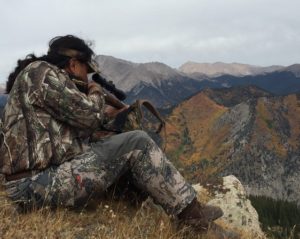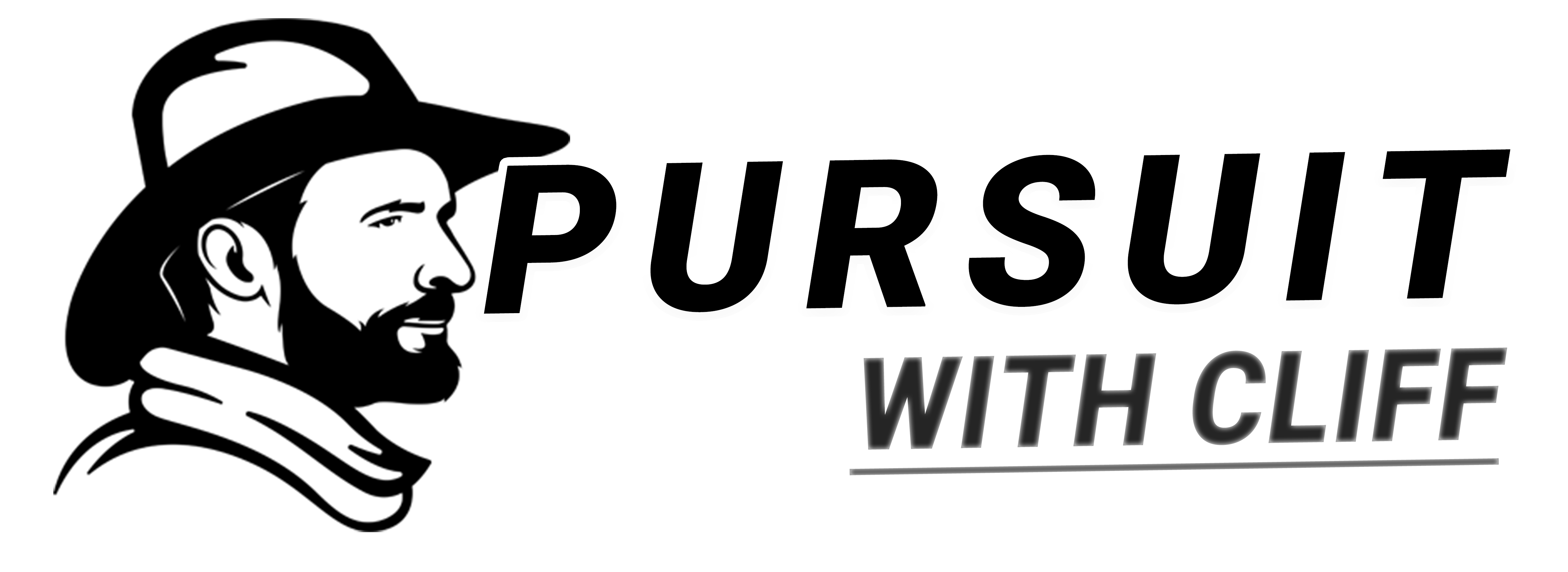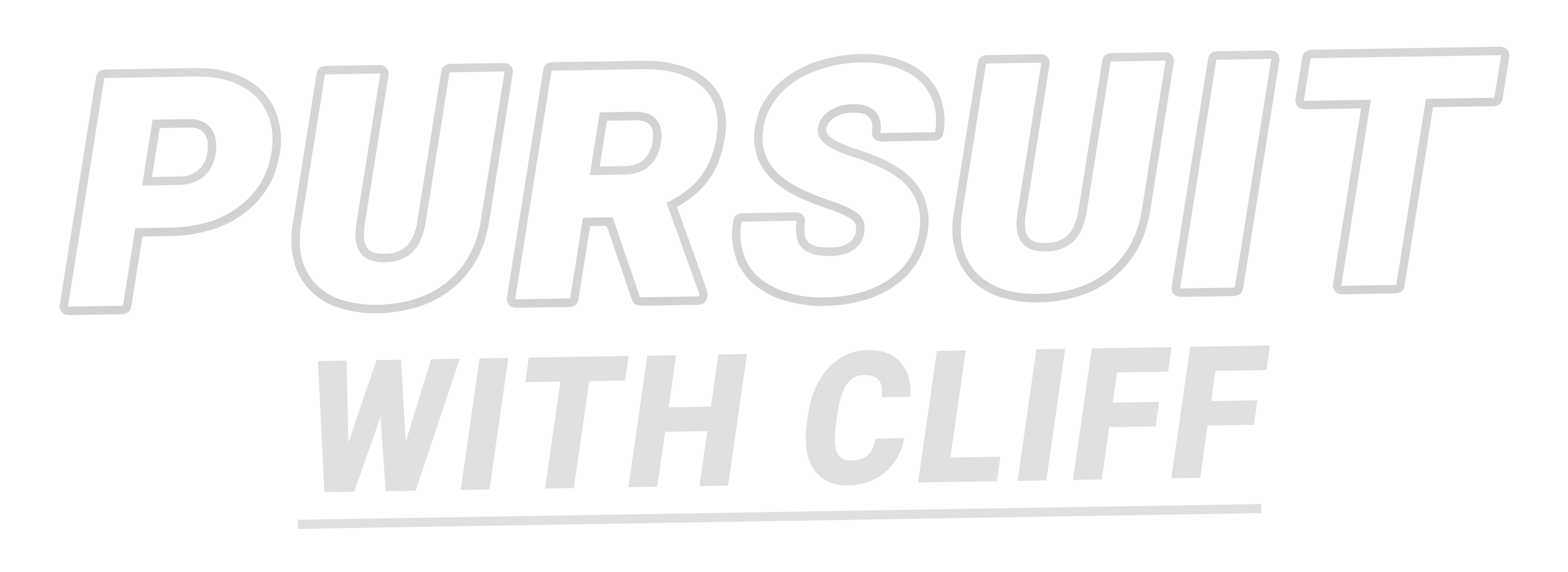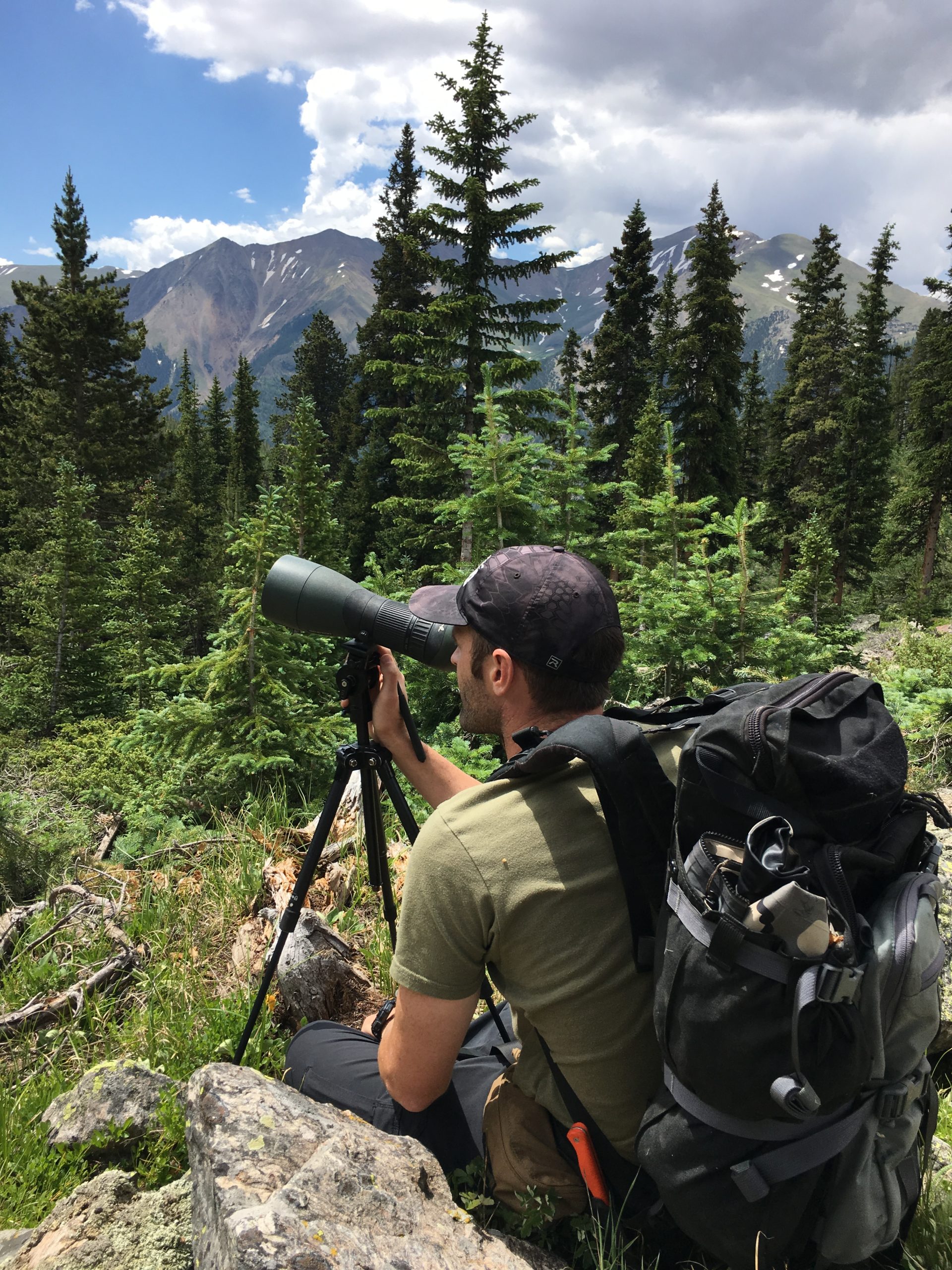Each year more and more folks, from all walks of life, reach out to us with an interest in pursuing big game, living the outdoor life, getting their hunt on… The trouble for most is that this journey is more involved than they ever imagined. This is particularly true for those that didn’t grow up around hunters. There is the bureaucratic/legal side of things to understand, a safety side to master, the gear to purchase, and an ethics angle to grasp. Finally, there is the actual skill set of hunting to learn! This article is meant to demystify and explain each of these. The second part of this series, Part II – Planning and Picking Your First Hunts, lays out some hunt examples to get you started.
Hunter’s Safety Requirement
Boring… but essential. The primary legal requirement across all the States is the Hunter’s Safety Requirement. You must have a Hunter’s Safety Certification before purchasing big game licenses/tags.
Generally, this requirement first involves taking a knowledge-based course, classroom or online, and then taking an exam based on the information covered. During this section you will learn about wildlife regulations, tags and licensing, the North American wildlife management model, and firearm safety rules.
The second part of the course is a required “hands-on” section. Some states call this a “field-day”. This part of the requirement is focused on firearms safety. In some cases, there is a question/answer session reviewing the knowledge covered in the first section. This section of the course is a 4-8hr in-person commitment. What is covered, the length, etc… vary by state.
The burning question everyone has…. “Is there a way to get around the in-person part of the course?” Yes, yes there is. Nevada does not require the second, hands-on part of the course. However, you first need to consider whether or not you should avoid that part of the course.
It is essential that you get some level of hands-on firearms training before you start hunting and handling guns. If you choose to skip the hands-on firearm part of the hunter’s safety experience, you should have extensive exposure to firearms or take a dedicated firearms course. Great options for standalone classes are a concealed carry course, basic pistol or home defense course or a basic rifle shooting course. Although these are not hunting-centric courses, they will emphasis firearms safety which is the most important subject for beginners to master.
Local shooting ranges, rifle clubs, or your neighborhood “gun enthusiast” can all recommend local options.
If you do have firearms experience and/or are going to take a separate firearms course, you can get around the hands-on component of the hunter’s safety requirement by going through Nevada. You do not have to be a Nevada resident to get your hunter’s safety card from Nevada.
Details on the Nevada Requirement from State of Nevada
Additional Guidance from Hunter-Ed.com
In my perfect world, aspiring hunters would take the online hunter’s safety course (via Nevada), pass the knowledge exam, and then take a 2-day+ firearms related course of their choosing. The short, hands-on firearms section of the hunters safety courses is insufficient. It leaves people shallowly trained and, in many cases, unsafe. There are so many fun and in depth firearms courses available today. It’s worth taking one, even if you never end up hunting.
Gear
There are three pieces of gear you need to start hunting: 1) A means of harvest (bow/arrows or gun/ammo), 2) Binoculars, 3) A knife. Contrary to what wide-spread industry marketing and posts from Instagram “sponsored hunters” would like you to think, hunting is a skill-based activity not a gear-based one.
I’ve produced dozens of videos/articles on all aspects of gear, for many different situations. Hunting gear gets highly technical and excruciatingly pricey on the upper end. Good gear is a bonus, but it should not be a barrier to entry. Too many people perpetually mentally masturbate over gear to the determinant of hours spent in the field. You can’t buy being a good hunter. Hunting is a skill set garnered through repetition.

Bow or Rifle
Start with a rifle. There is a lot of hype around archery hunting. Folks with large followings like Joe Rogan are proponents of hunting with a bow. However, don’t forget that the vast majority of these individuals, even Joe, began their foray into hunting with a rifle. Archery hunting is a phenomenal experience, but it adds an additional challenge and layer of complexity for the new hunter. Get out there hunting with a gun. You can always move to archery, as you progress.
Rifle
Tikka T3 Lite Stainless (Around $700)
– .270 caliber if you plan on mainly hunting North American game smaller than elk or only occasionally hunting elk.
– 7mm Rem Mag caliber if you think elk will be a common quarry.
– 95% of people will be more accurate with a .270 over a 7mm Rem Mag due to the recoil differential.
– The 30-06 is a common caliber that is a great alternative to the 7mm Rem Mag.
Scope
A Vortex Crossfire II (Around $200), 4x12x40, is a great economical rifle scope for starters. Available on Amazon
Talley 1” T3, Medium Height Scope Rings to mount your scope to your rifle (Around $50) – DO NOT BUY SHITTY/CHEAP RINGS
Do not have your scope mounted at Cabelas, Basspro, etc… Learn how to do it yourself (not difficult via YouTube) or have a local gunsmith do the work. Problems related to improperly mounted scopes can drive a new hunter up a tree with hassle. The key is to take your time to evenly tighten the scope ring screws. This creates the most contact surface area between the rings and the scope tube. That uniform, maximized contact keeps the scope from moving during recoil.
A slightly higher quality scope option is the Leupold 3.5-10X Available on Amazon
This scope has the same tube size, so will take the same Talley rings above.
Total rifle setup: $900-$1,100
Binoculars
There is a significant difference between $150 binoculars and $3,500 binoculars. However, I probably can’t convince an aspiring hunter to buy a pair of $1,000 ‘nocs or even a $500 pair, so let’s just get you started with a value play:
Vortex Crossfire HD 10x42s (Around $150): Get on Amazon
Binoculars that sell for less than $100 are worthless. Don’t go there. Buy the above and then focus on proper glassing technique.
I’ve got a couple videos up on the YouTube channel that will help with glassing strategy/technique.
If you are willing to spend a little extra on optics, the high-end Vortex line (Razor) is great. If you want to go full-on crazy… Swarovski is where it is at. The resale of these optics is phenomenal also.
A past client, who still goes on guided hunts but is also an accomplished DIY hunter, had this to say regarding gear/optics:
“…You don’t have to get all the expensive gear, the exception being optics. Think buy once cry once there… I’ve had to upgrade over the years, costing me more money.” – Jesse D.
Knife
Buy a Buck 113 (About $70): Buck 113 on Amazon
Learn how to sharpen it. Get a simple sharpener (a DMT paddle works well, Amazon DMT Paddle) and figure it out. Sounds easy, but it will take some reps to get the sharpening thing down. Focus on understanding “raising a burr” and “working a burr”.
If you want to cut the sharpening skill set out of your repertoire (kinda embarrassing for you as an aspiring outdoorsman, but I won’t tell anyone) buy a Havalon (Around $40): Available on Amazon
Gun, Binos, Knife – You’re in the game – Total around $1,200.
Other Gear
Realistically, there are a couple other important items. Most folks with some outdoors experience will already have an acceptable solution here. Those without that experience may need to purchase these.
-good rain gear
-worn in hiking boots
-hats – brimmed sun protection or wool for warmth
-warm gloves
-a puffy (insulating jacket). This layer will do the most to extend your temperature comfort
From Our YouTube:
Pursuit with Cliff YouTube Gear Playlist
Hunting Ethics
Death is a part of our lives as humans. Vegetarian, urban dweller, or commune hippy… every breath we take is at the cost of other forms of life. Hunting does not change this relationship, but it does make it undeniable to those involved.
Some folks want to complicate hunting ethics with their own opinions and politics, but it’s quite simple: Your duty as a hunter is to make the transition of life to death as seamless as possible for your prey.
From a practical standpoint, this means don’t half-ass marksmanship, learn as much as you can about the species, and understand how to track game after it has been wounded. You’re hunting to kill, so become a proficient killer.
We can go around and around about ethical shot distances, hunting techniques, etc… but those are personal choices (within the confines of game laws). Over trial and error, you will decide what feels right to you. Be conservative at first but don’t bullshit yourself. Don’t by the hype, a 200 yard shot in field conditions is *tough* for almost all hunters during their first dozen or so hunts. You may have short term regret passing a shot, but you will never forget wounding or losing any animal.
On this journey you will wound animals, hear them struggle to maintain life, wish the end was cleaner for them, and even second guess your will to ever kill again. Push through and use those experiences to improve. All of that, will make you a better human and hunter.
Baseline Hunting Skills
Woodsmanship
There is variability here based on folks’ non-hunting outdoors experience and the type of hunting they will be doing. At a bare minimum, you need to master these three woodsmanship skills and one overarching self-reliance concept. YouTube and some reps in your backyard will get you there.
Know how to start a fire and stay warm during an unexpected night out.
This YouTube video covers it:
Know basic navigation and how to stay found.
Every hunter’s goal should be to understand map-based land nav, navigation via the sun, understand how water moves through topography, how historical trail systems were developed, etc… However, the reality is you will be dependent on GPS and/or basic topo map reading in the beginning. Many good sources online can get you up to speed on using topo maps and there are many free/paid GPS apps for your phone. OnX Maps is one of the best paid options.
Understand backcountry communication options.
In today’s age if you die in the backcountry because you didn’t have a way to communicate with the outside world, you’re an idiot.
Cell phone service varies, but in some areas it is a reliable form of communication.
Garmin InReach satellite message devices are economical and work well for backcountry hunts.
Satellite phones are readily available via online rentals.
A key self-reliance concept:
Do not have single points of failure. For example, have two reliable ways to start a fire… Have a charge pack or batteries for your GPS or two ways to navigate. Have two plans for communication.
Glassing and Finding Game
Most big game hunts involve finding game through optics (binoculars for starters). It takes some people years to realize that haphazardly flopping your binoculars around terrain is not an effective strategy. The video below will give you a good starting point:
Biology and Behavior of Game
Read a couple books or a compilation of articles on the behavior of the species you are hunting. Try to dig deep into material that is specific to the conditions, terrain, and locality of your hunt. If you are going on a wilderness elk hunt in an over-the-counter Colorado unit… “Yellow Stone’s Elk Herd Feeding Patterns” is far less useful compared to “Heavily Hunted Elk Behavior in Colorado”.
Understanding Wind and Scent
Humans, regardless of their distance from the natural world, understand the sight defense mechanism. Even if we are walking down the street in Manhattan, we are using our own sight to size things up. Hence, it is easy for us to translate that into hunting strategy and to understand how moving slowly, within cover, etc… makes a lot of sense. However, we don’t have the same respect for scent.
Experienced outdoors people rely on their sense of smell quite a bit. They know when someone is camping nearby and they know what an elk bed smells like from 80 yards, but that acuity takes time for humans to develop. Hence, we underestimate scent’s importance when it comes to hunting. Few game species will tolerate the scent of a human, and they rely as much on this sense as they do sight.
Spend some time understanding how game uses scent and the wind to their advantage. Here is a short video primer:
Marksmanship
Practice shooting your rifle in conditions as similar as possible to your hunting conditions. In the mountains, this means from angled positions, taking shots at targets above and below you. Also, focus on shooting from the seated and prone positions on rests that you will have available to you in the field (backpacks, rocks, trees) or bring with you in the field (shooting sticks, bipods). Hunting scenarios introduce a lot of stress and time-sensitivity, so you want your rests and shooting positions to come to you seamlessly.
Game Processing
The first time you process a game animal in the field, you are going to feel like a bumbling idiot. It helps greatly if you have someone with you to walk you through the process, but you might just have to power through. Take your time and the results will be satisfactory. Do your best to keep hair away from the meat and the digestive tract intact/contained. If you make a mistake and fail on one or both of those fronts, the meat is not ruined. Just make an attempt to clean the meat of hair and digestive material as soon as possible.
There are many great YouTube videos that will walk you through the “Gutless” quartering method. This is the most versatile way to field process game animals. It is also good to know how to gut an animal in the more traditional way (removing the entire digestive and respiratory track while leaving the body intact), if your hunts are vehicle based.
Closing Thoughts
The key to getting into hunting is to go hunt. Don’t get overwhelmed by gear and the minutia of arcane hunting strategies. Instead, take the advice I detail above. Secure a few skills and a little gear. Then leverage those to get yourself out in the field as soon as possible and with as much frequency as you can pull off. Good luck!
Follow-on Articles:
Get Started Hunting – Part II – Planning and Picking Your First Hunts
Get Started Hunting – Part III – Choosing Guides and Outfitters



Gun/ammo, Bow/arrows, binos, knife. Thank you for this, I’ve been trying to start hunting for years but have felt like there is such a huge barrier to getting in. Unfortunately now my barrier is I live in deep south texas so basically everything is private land here for anything big game. Gotta get a lease or travel out of state. Thank you for sharing your knowledge on this page and on your youtube channel. God bless.
Harrison Harding
Dear Cliff,
Loving your YouTube videos & just starting on reading on your website. Fantastic content & very helpful since I am just getting back into hunting after many years (1988 last year I hunted Sambar Deer {armed bushwalking}). We are extremely fortunate in Victoria, Australia to be able to hunt Sambar 365 days a year without tags or yearly bag limits.
I don’t know whether you have tried the Work Sharp Field Sharpener, but comes with an angle guide and most of the You Tube EDC Knife people seem to love them. Pete (a fellow countryman of mine, although different state) from Cedric & Ada Outdoors certainly being one of them.
Thanks Mark. Glad the content and videos are helpful.
The worksharp is a handy tool. thanks